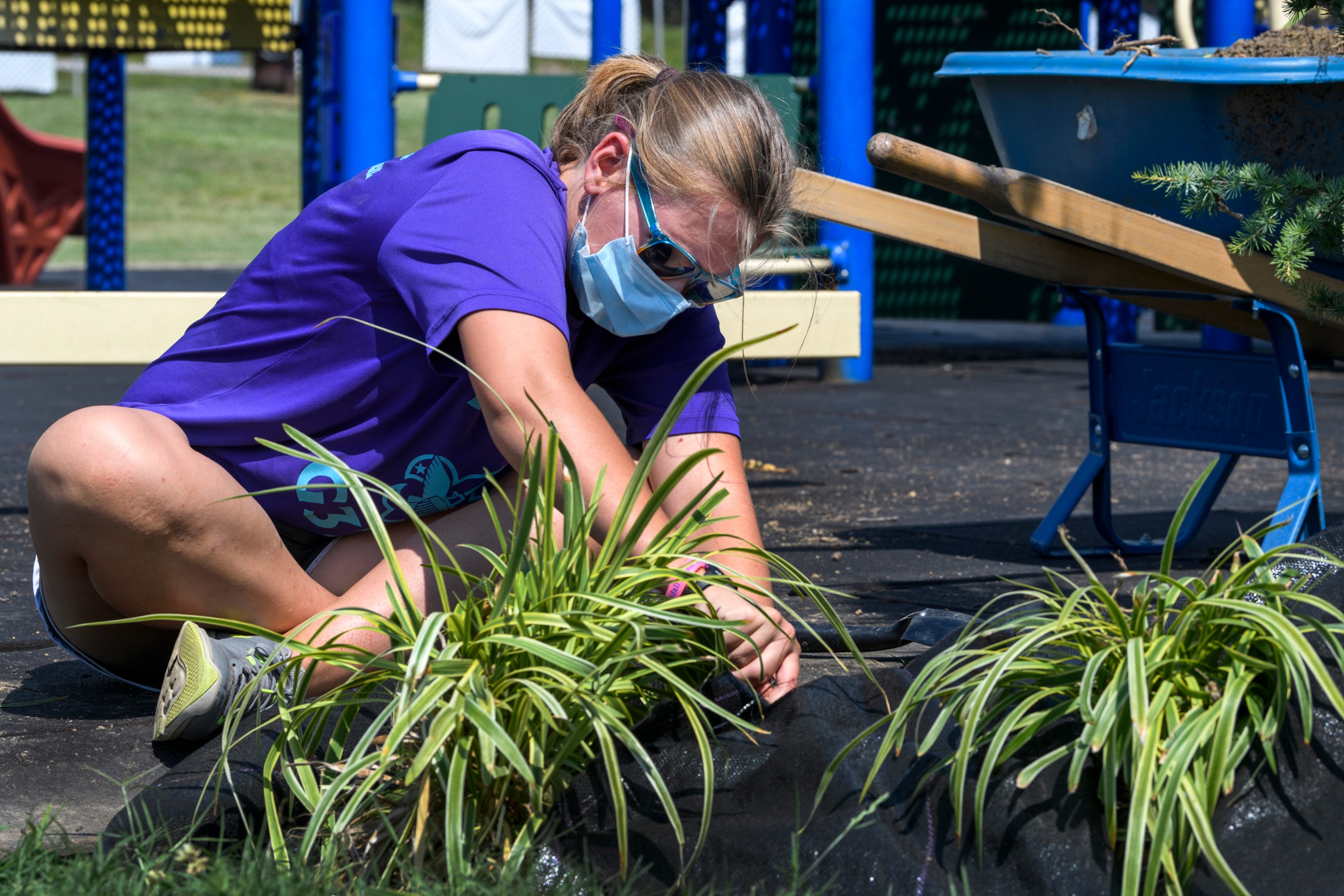Should I use landscape fabric in the yard or garden? Here are 3 things to know
These days its common to hear people refer to our current time on this planet as the age of information. And while it is certainly true that the little cell phone sitting in your pocket can give you access to more information than you can shake a stick at, its also true that a great deal of that information is just plain old garbage.
Gardeners can cut through the clouds of online junk info by looking for local pros to help with recommendations. And many local garden centers (and of course, botanical gardens) and their well-informed staffers are there to share their wealth of personal knowledge with all who walk in the door. But many people do their yard/garden supply shopping in big box stores where it often seems that the motivation behind what sits on the shelves is less about helping you with your gardening tasks and more about selling you products you don’t need.
Case in point ... landscape fabric.
Start the day smarter. Get all the news you need in your inbox each morning.
An informal survey of a few friends who have yards but don’t consider themselves to be gardeners yielded interesting results. Almost all were of the opinion that you have to put down landscape fabric before spreading mulch. It’s as if the mulch will spontaneously combust or turn to salt if you don’t first spread some landscape fabric.
When asked why they thought they needed the fabric, most responded, “well, if they sell it, it must be something I need.”
The landscape products found on store shelves come in several types and each one has some utility in the garden. It’s just that it might not be the utility sold to you on a product package.
Here are the types of landscape fabric commonly sold in stores:
What to know black polyethylene film landscape material
You can think of this as a somewhat glorified version of the plastic wrap you have in your kitchen — you know, the stuff that sticks to everything in the kitchen except for the bowl of leftover chili you are trying to cover.
Solid film products are sometimes used in commercial vegetable farming operations to keep weeds at bay. In that application, the film is typically placed in long rows, covering a drip irrigation tube running the length of the covered row. Holes cut in the plastic allow the desired crop to grow through.
The questionable sustainability aspects of using plastic films aside, poly film agriculture has been used very successfully, especially in areas where irrigation water is limited. The drip irrigation is an efficient water delivery mechanism. The film reduces evaporative loss and keeps down pesky weeds. And it is usually applied in narrow strips rather than covering the whole field.

Unfortunately, success in a commercial tomato farm does not translate to utility in the home garden. Being a solid film product, it does not allow rain or overhead irrigation to reach the soil and plant roots. If used in large continuous sheets, as in a large shrub bed, it reduces essential air exchange between the soil environment and the air above. And if not covered with another material, the black film can lead to detrimental temperature build up in the plants’ root zone.
Solid black plastic materials can be quite effective at controlling weeds in a technique known as solarizing. If your vegetable garden becomes overrun with some collection of noxious weeds, you can cover the whole area with black film and let the sun cook the whole mess for a few weeks and kill off weed seeds. You can then remove it and go back to your regular gardening.
Other than that, it’s about as useful as that kitchen plastic wrap that you’re still trying to get to stick to your chili bowl!
What to know about perforated black plastic film for the garden
To get around the root-suffocating challenges of solid black film products, some manufacturers started selling rolls of black film riddled with rows of tiny black holes. The holes are too small for weeds to grow through but do allow some water and air to pass. The problem is, since they are black in color, you still get a tremendous amount of temperature build up as the dark film absorbs the sun’s energy.
So, then you have to cover the perforated film with another product to reduce heat buildup. And if as most people, you use a nice organic mulch to cover your film, you’ve provided a perfect place for weeds to grow, on top of the fabric!
Finally, this product tends to be made of such flimsy gauge poly that it rarely holds up very long in the garden.
What to know about woven polyethylene fabric for the garden
This is by far the most popular landscape fabric used in home landscapes. It does keep down the weeds. It does allow the soil to breathe. It is polyethylene so lasts virtually forever (is that a good thing?). But the problem is the same as the problem with the perforated film. In the end, it really doesn’t save you any time or energy. Most often it is covered with mulch. Over time, the mulch provides a nice seed bed for weeds. You then have to go out and pull the weeds.
The bottom line is, for a shrub or perennial bed in the yard, good old organic mulch works quite nicely. Yes, you still have to weed. But you don’t end up with this mess of old plastic all over the garden that chokes rototillers and trips unsuspecting gardeners.
Paul Cappiello is the executive director at Yew Dell Botanical Gardens, 6220 Old Lagrange Road, yewdellgardens.org.
This article originally appeared on Louisville Courier Journal: Should I use landscape fabric in the yard or garden? Here are 3 things to know
Post a Comment